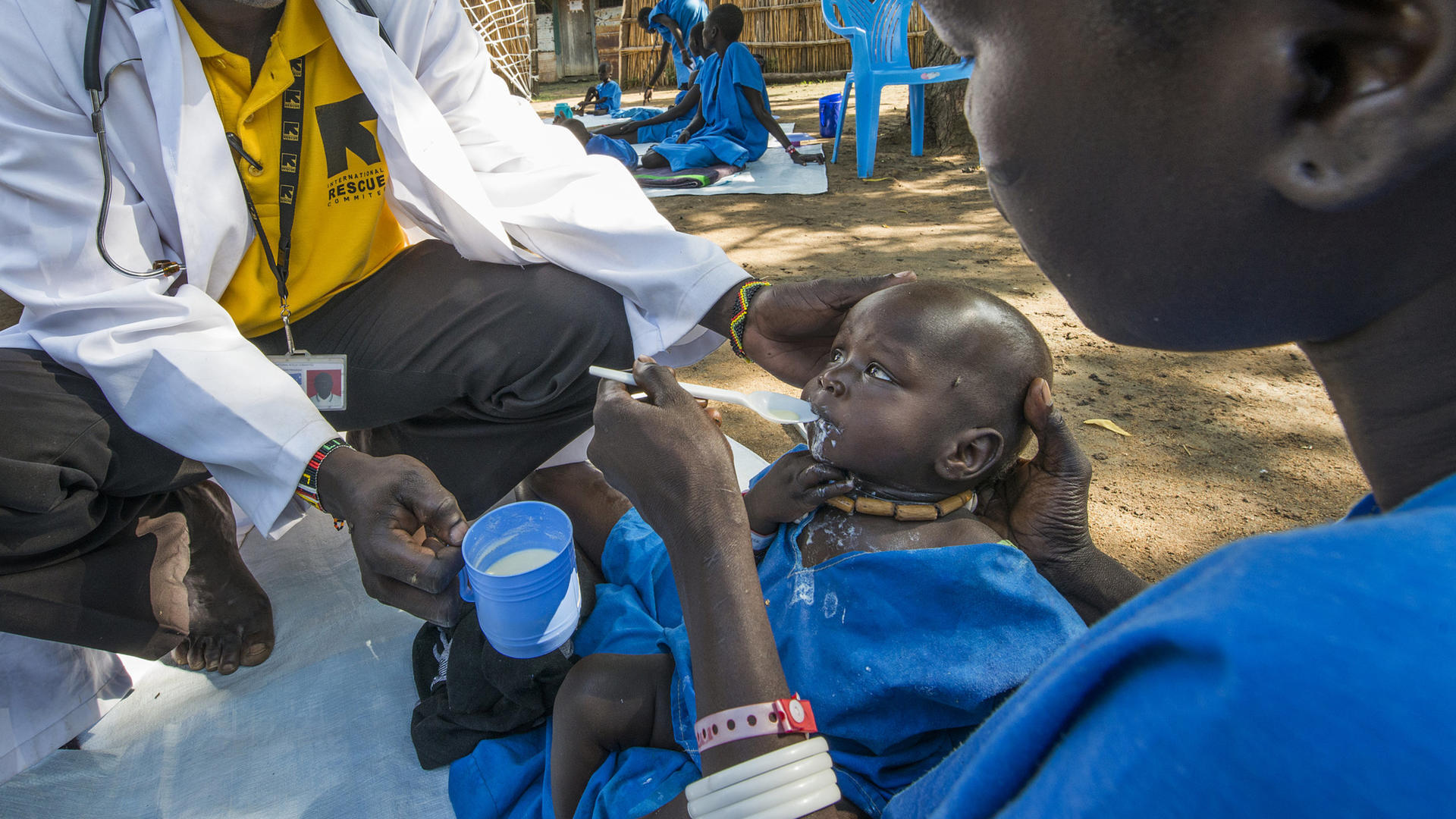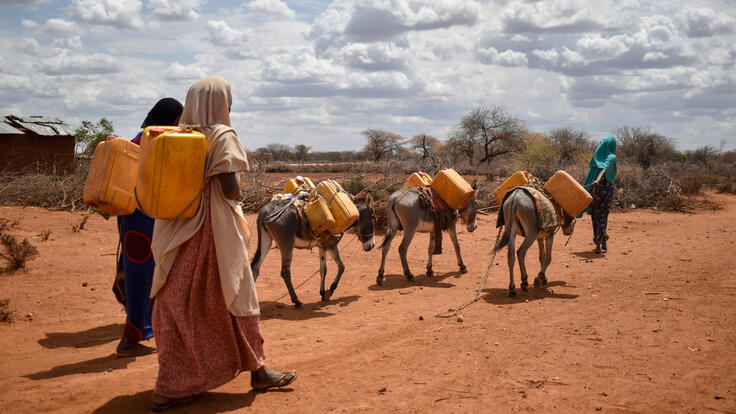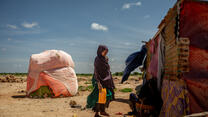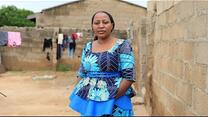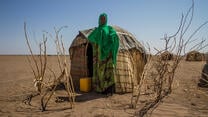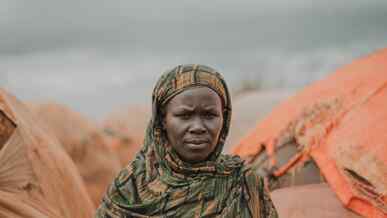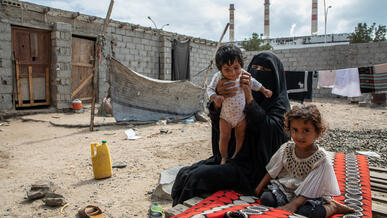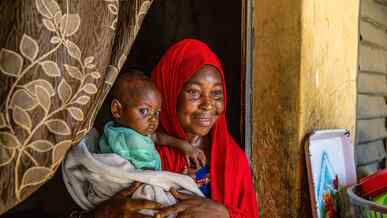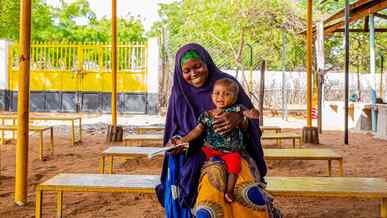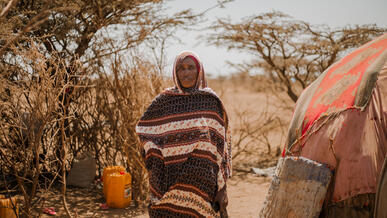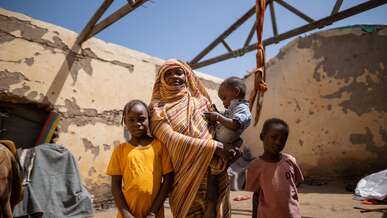Famine was declared in February 2017 in South Sudan, where some 100,000 people are facing starvation and a million more are on the brink. The IRC is predicting imminent famine in Somalia, Yemen and northeastern Nigeria. Kenya and Ethiopia are also grappling with severe drought and hunger, even as they struggle to host hundreds of thousands of refugees from neighbouring countries in turmoil. But just as aid agencies like the IRC ramp up their lifesaving crisis response, they are facing drastic cuts to U.S. foreign aid. The timing couldn't be worse.
Famine is not a rhetorical or emotive term. It is a scientific classification based on evidence. A food crisis can only be called a 'famine' once certain criteria have been met, such as at least 30% of a country's children suffering from severe malnutrition.
Famines are not common. When a famine is declared it means people are already dying. And the last time this happened, six years ago in the Horn of Africa, the cause was a natural one: drought.
This time it’s man-made: violence and conflict are cutting off supply routes, driving food prices sky high and impeding access for aid agencies.
While famine rages in South Sudan, people in Nigeria, Somalia and Yemen are on the brink of famine, or ‘severe food insecurity.’ Food insecurity means there is not enough affordable food for people to buy. This leads to hunger, malnutrition and possible starvation.
According to the Integrated Food Security Phase Classification, millions of people are facing insecurity in:
Northeast Nigeria: 4.7 million
Somalia: 2.9 million
South Sudan: 4.9 million
Yemen: 17 million
For 42 of the past 60 years, there has been war in southern Sudan—both before and after the state of South Sudan was created in 2011. The country descended into civil war in 2013, leading to widespread hunger.
As warring militias continue to fight, vital food being brought in to support the South Sudanese people has been blocked and aid workers have been attacked. In some areas, around 50% of harvests have been destroyed. Severe drought has intensified an already fragile situation. In October 2016, South Sudan's inflation rate reached 836%, making it the highest in the world.
The world has turned its back on South Sudan: the 2017 humanitarian appeal for aid has only reached 0.9%. South Sudan is a forgotten crisis, one of the least discussed and most under-funded in the world.
For over 20 years, the IRC has been one of the largest providers of aid in southern Sudan. We also have active programmes in Ethiopia, Kenya, Nigeria, Somalia and Yemen. In all these countries, the IRC continues to provide life-saving assistance to vulnerable people in hard-to-reach areas.
The international community must persist in trying to get help to those who need it. Donors should increase funding for the humanitarian response, and efforts must be made to shine a light on this underreported crisis.
The IRC is calling for unimpeded humanitarian access, increased civilian protection, and an immediate increase in funding to the affected regions.
The IRC and other humanitarian aid organisations need the support of our generous donors more than ever.
